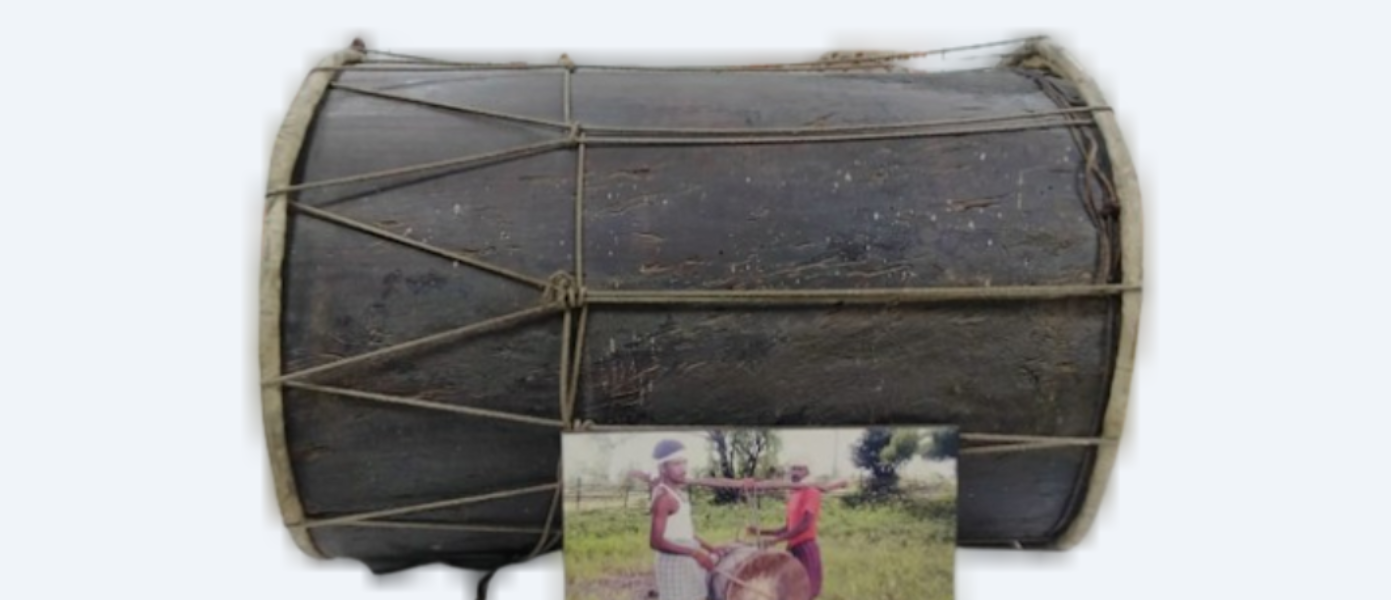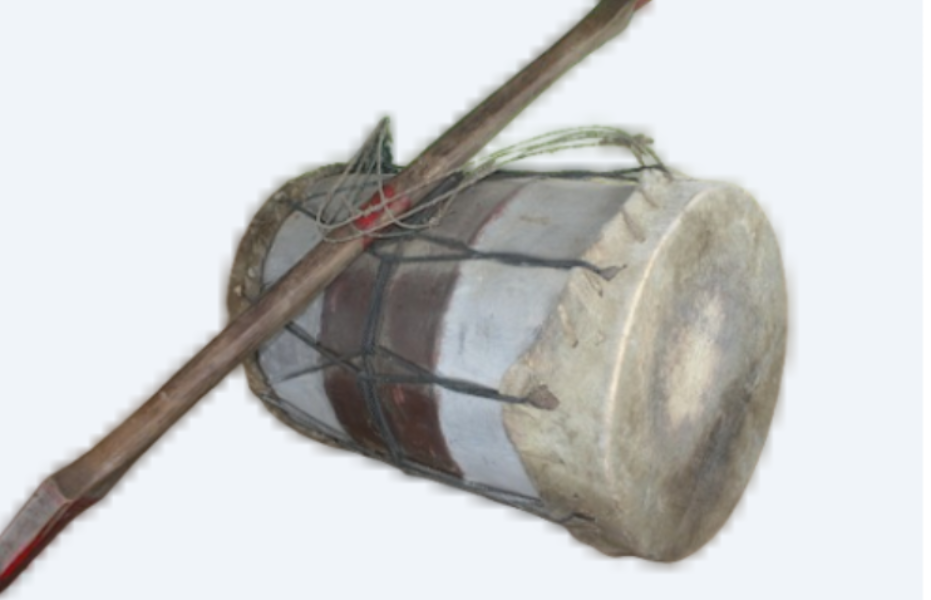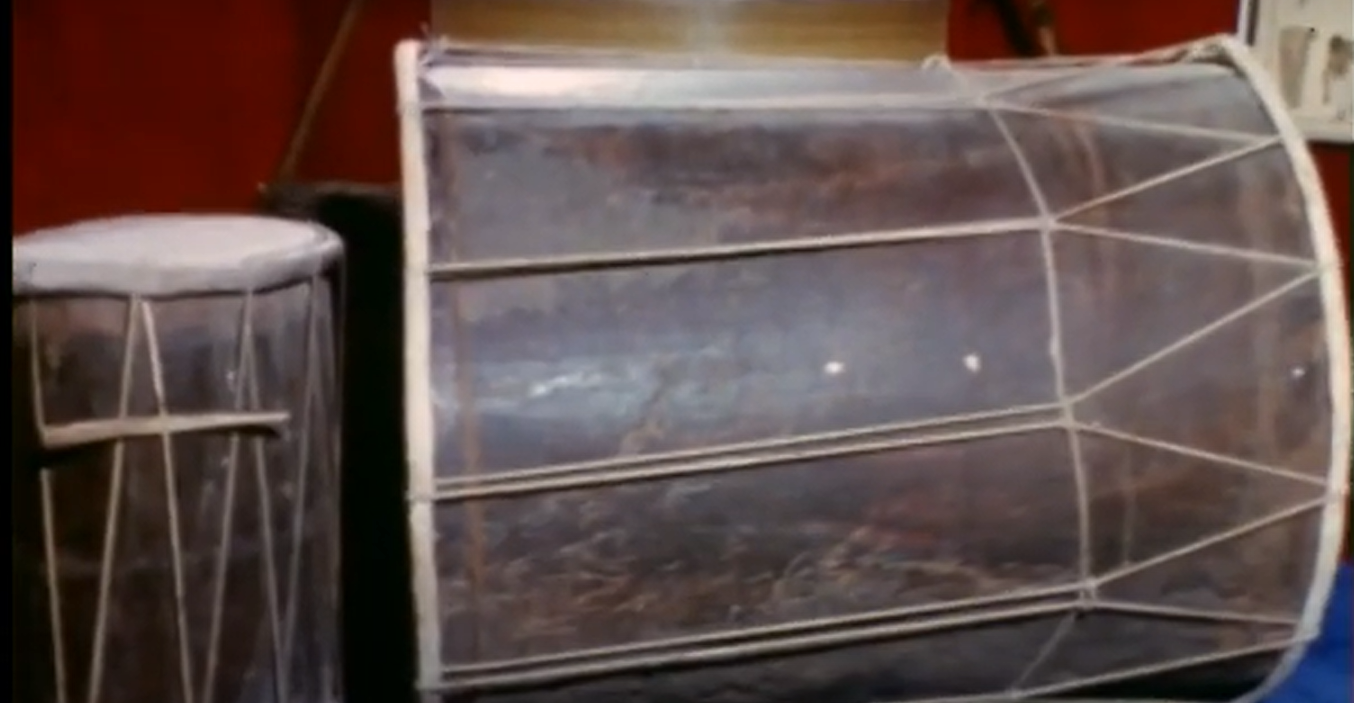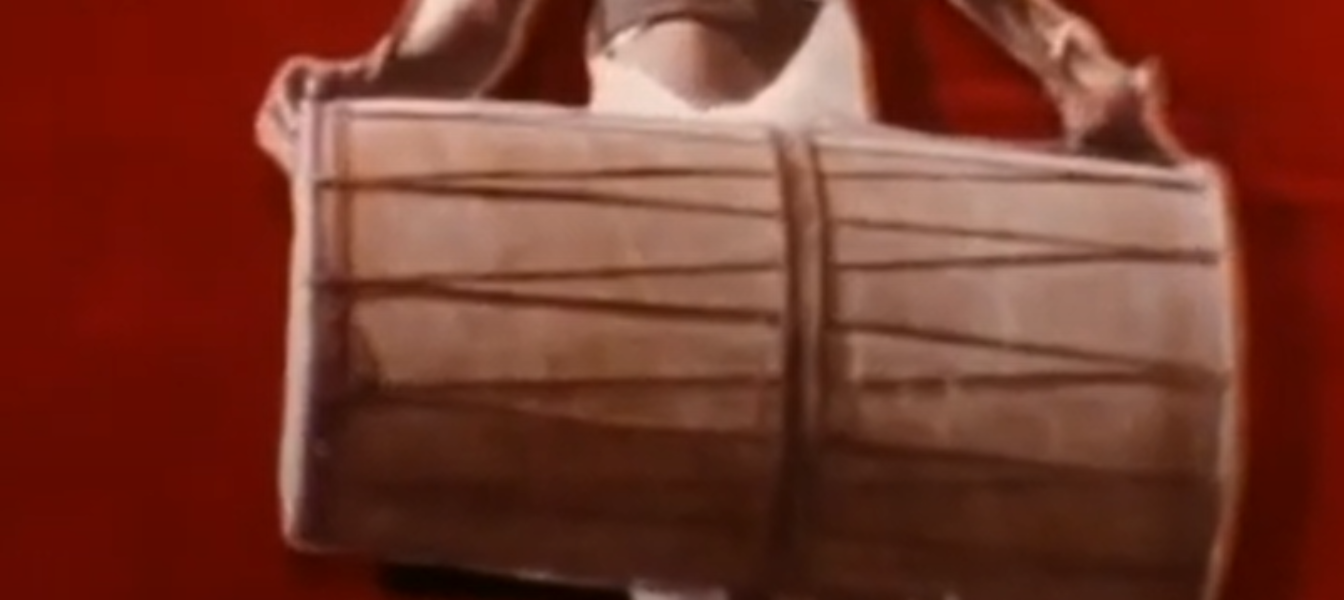tribal music and musical instruments
Dhol, maharashtra

The Dhol is a large, circular drum with goat skin stretched over both ends and plays a crucial role in the cultural traditions of several tribal communities, including the Mahadev Koli, Warli, Gondi, Katkari, and Madia tribes. It produces a deep, resonant sound that forms the rhythmic foundation for many traditional dances and ceremonies. The instrument is played using a combination of sticks and fingers, with the drummer, known as a "Dholaya," striking the right side with a stick while using fingers on the left side to create intricate rhythms. The Dhol can be either placed on the ground or hung around the neck with a string, allowing the player to move freely while performing

Different tribal groups have developed distinct variations of the Dhol based on the materials available in their regions. Traditionally, the drum is crafted from a hollowed tree trunk with tightly stretched sheep skin on both ends to achieve the desired sound. Variations in size and shape have led to different names such as 'Toor,' 'Dhummas,' 'Mandol,' 'Madal,' 'Mandari,' and 'Manjari.' Some tribes even use drums made from khapra tree trunks, which produce a distinct tonal quality. The Bada-Madiya community has a unique drum called 'madreya,' which is carved from a wooden trunk eight to ten inches in diameter and up to five feet long, often coated with wheat flour or mata to enhance its acoustic properties

When multiple drums are played together, particularly in the stillness of the night amid towering trees, they create a mesmerizing soundscape that reverberates through the hilly terrain. This communal drumming not only enhances the musical experience but also strengthens the bond among tribal members. It serves as an expression of unity and shared cultural identity, reinforcing the importance of collective traditions. The Dhol carries deep cultural significance, symbolizing identity, tradition, and celebration in tribal societies. It is integral to rituals, festivals, and social gatherings, with some tribes, such as the Bhils, using exceptionally large drums that can reach three feet in diameter and four feet in length, weighing up to seven hundred kilograms.

Playing these drums requires immense physical endurance, with drummers often tying them around their waists and performing for hours. The rhythmic beats of the Dhol accompany various traditional dances, including the Warli tribe's Tarpa dance, performed during harvest celebrations, and the Gondi tribe’s Dandari dance, which narrates stories through movement and rhythm. Beyond entertainment, the Dhol is also used in significant life events such as births, weddings, and funerals, with its beats believed to communicate with the spiritual world, invoking blessings and protection. In many tribes, the instrument is regarded as sacred, and its use is accompanied by specific rituals to honor its importance. More than just a musical instrument, the Dhol embodies the pulse of tribal life, connecting generations through its powerful beats and ensuring that age-old traditions continue to thrive


